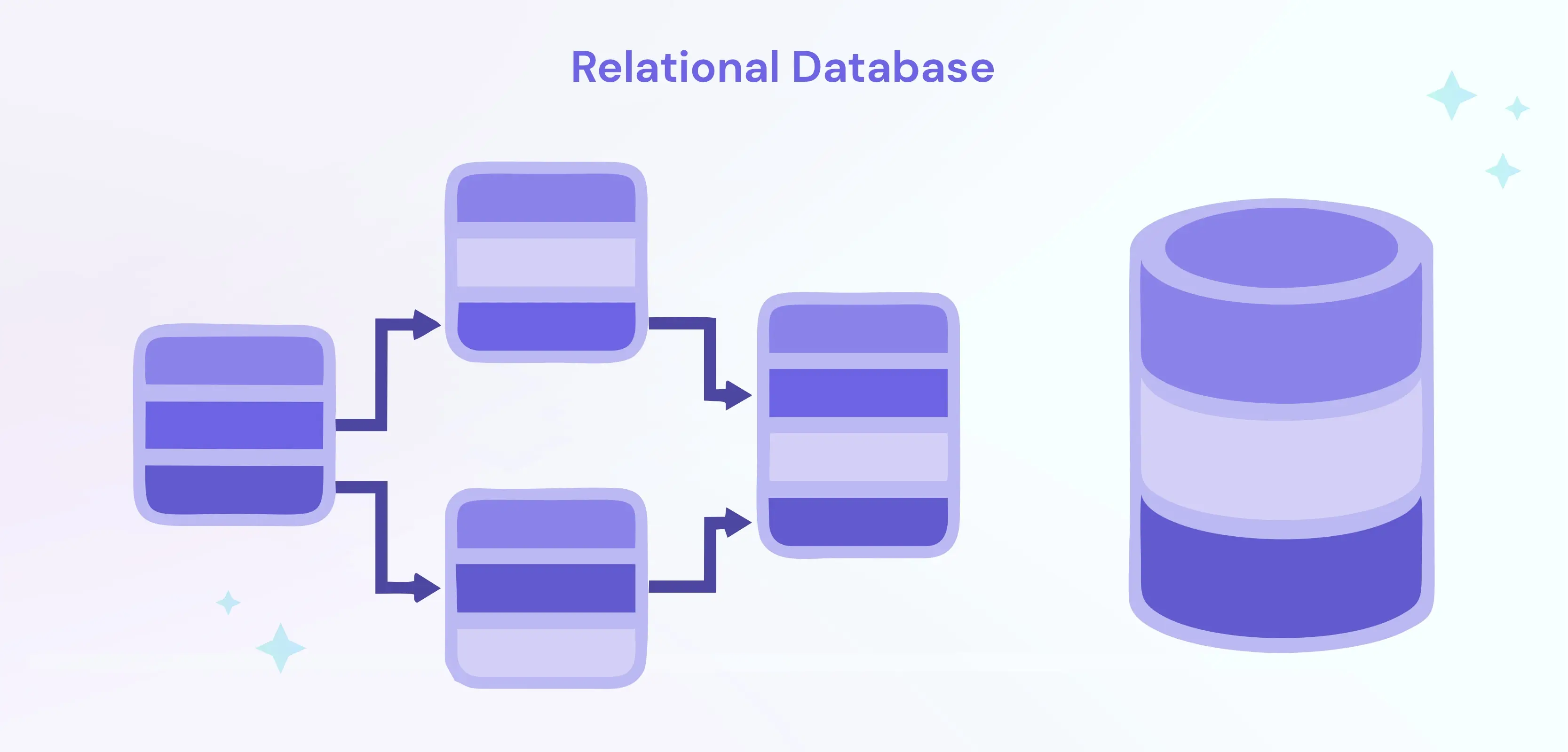Breaking into the mature and highly concentrated relational database market presents a formidable challenge for new and emerging companies. However, with the right approach, successful Relational Database Market Entry Strategies can carve out a profitable niche and disrupt the status quo. The market's immense size and continued growth provide a fertile ground for innovation, but new entrants must be highly strategic to overcome the gravitational pull of established giants like Oracle, Microsoft, and AWS. The market’s expansion is a key factor enabling these opportunities. The Relational Database Market size is projected to grow USD 258.57 Billion by 2035, exhibiting a CAGR of 12.50% during the forecast period 2025-2035. This growth signifies that the demand for data management solutions is not static; it is evolving, creating gaps and unmet needs that nimble startups can exploit. A successful entry strategy is not about competing head-on with the market leaders on all fronts but about identifying a specific area of weakness or an underserved segment and delivering a superior solution with a clear value proposition.
One of the most viable entry strategies is to focus on a specialized niche or vertical. Instead of building a general-purpose relational database, a new company could develop a solution optimized for a specific, high-value workload. For instance, a database engineered from the ground up for the extreme transactional throughput required by financial trading platforms, the massive scale and query complexity of genomics research, or the real-time demands of IoT data ingestion could gain significant traction. This niche focus allows a startup to build deep domain expertise and create a product that is demonstrably better for a particular use case than the one-size-fits-all offerings from larger vendors. Another powerful strategy is to build upon and enhance the open-source ecosystem. Rather than creating a proprietary database engine from scratch, a new entrant can fork a popular open-source project like PostgreSQL and add unique enterprise-grade features, such as advanced security, automated high availability, or a novel distributed architecture. This approach leverages the credibility and community of the open-source core while creating a commercial product with clear differentiation. Companies like CockroachDB (with its PostgreSQL wire compatibility) have successfully employed this model to enter the market with a distributed SQL offering.
A third effective strategy revolves around creating enabling technologies that augment, rather than replace, existing databases. The market is vast for tools that improve the management, performance, security, and mobility of data residing in established databases. A new company could focus on developing a best-in-class multi-cloud database management platform that provides a single pane of glass for monitoring and administering databases across AWS, Azure, and on-premises SQL Server instances. Another example would be a next-generation database migration tool that uses AI to automate the complex process of moving from an old Oracle system to a cloud-native PostgreSQL database. This "picks and shovels" approach allows a new company to sell into the existing installed base of all major database vendors, avoiding direct competition with the database engines themselves. Regardless of the chosen path, a developer-first go-to-market strategy is crucial. Providing a free tier, excellent documentation, intuitive APIs, and a seamless developer experience is essential for gaining initial adoption and building a community of advocates who can drive bottom-up growth within larger organizations.
Top Trending Reports -
France Customer Communication Management Software Market


